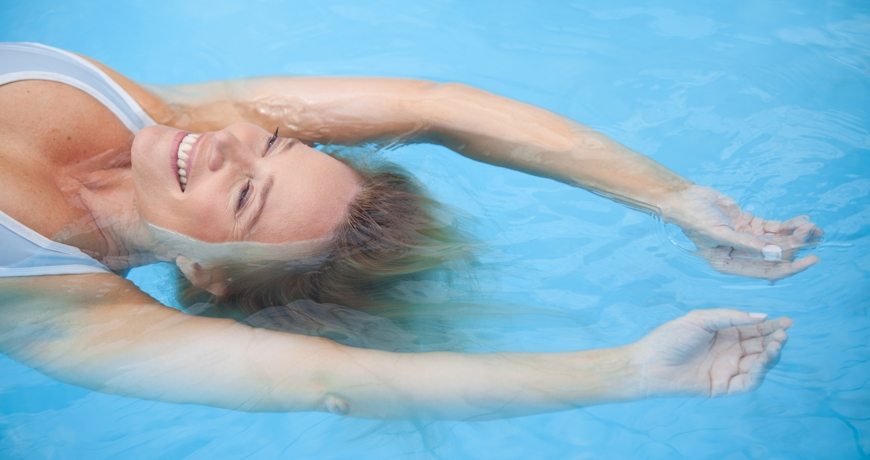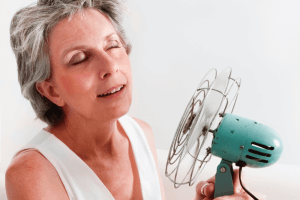Hot Flushes Driving You Crazy? Here Are 5 Ways To Beat ‘Em

Summer + hot flushes.
Somehow just using the words ‘hot flushes’ and ‘summer’ in the same sentence is enough to set off my own internal heatwave!
And the temperature’s rising. So if you were suffering from hot flushes already chances are you’ll be feeling under siege right now.
Five things you can do that may bring welcome relief to hot flushes and help you enjoy your summer:
1. Keep cool
I know this sounds crazy – after all, keeping cool is what you’re having trouble doing. However, any slight increase in your body’s core temperature can trigger hot flushes.
- Wherever possible, make use of air conditioning and ceiling or floor fans.
- Choose cotton clothing over synthetic to allow your skin to breathe during hot flushes.
- Substitute hot drinks with ice cold offerings like our Icy Cold Blueberry Smoothie, Strawberry & Vanilla Mocktail or Infused Waters.
- Rediscover swimming. If you’re not near one of our gorgeous beaches or lakes, find your closest public swimming pool.
- Avoid hot showers or baths before bed.
2. Hot flushes can be triggered by food – watch your diet
Hot and spicy foods, caffeinated beverages and alcohol can also be triggers. Monitor your hot flushes and if they come on after consuming any of these, eliminate the offender.
3. Stress can cause hot flushes – remember to de-stress
Stress is a major trigger of hot flushes as well as many of the other signs of menopause. Reduce your stress levels through regular exercise – just 30 minutes a day is enough – and relaxation techniques such as yoga, meditation, deep breathing exercises. Or, try just stopping, resting and reading a book.

4. Quit smoking
Research has shown that smoking increases the occurrence of hot flushes – yet another reason to give up.
5. Use a face or body spritzer
Cooling sprays help cool you down during a flush. Keep one in the fridge, one in the bathroom and one in the office or wherever you like. You can make your own with some spring water and an empty mister bottle. Add some rose water for a beautiful touch and enjoy.
Hopefully, these tips will help you breeze through the rest of our summer.










